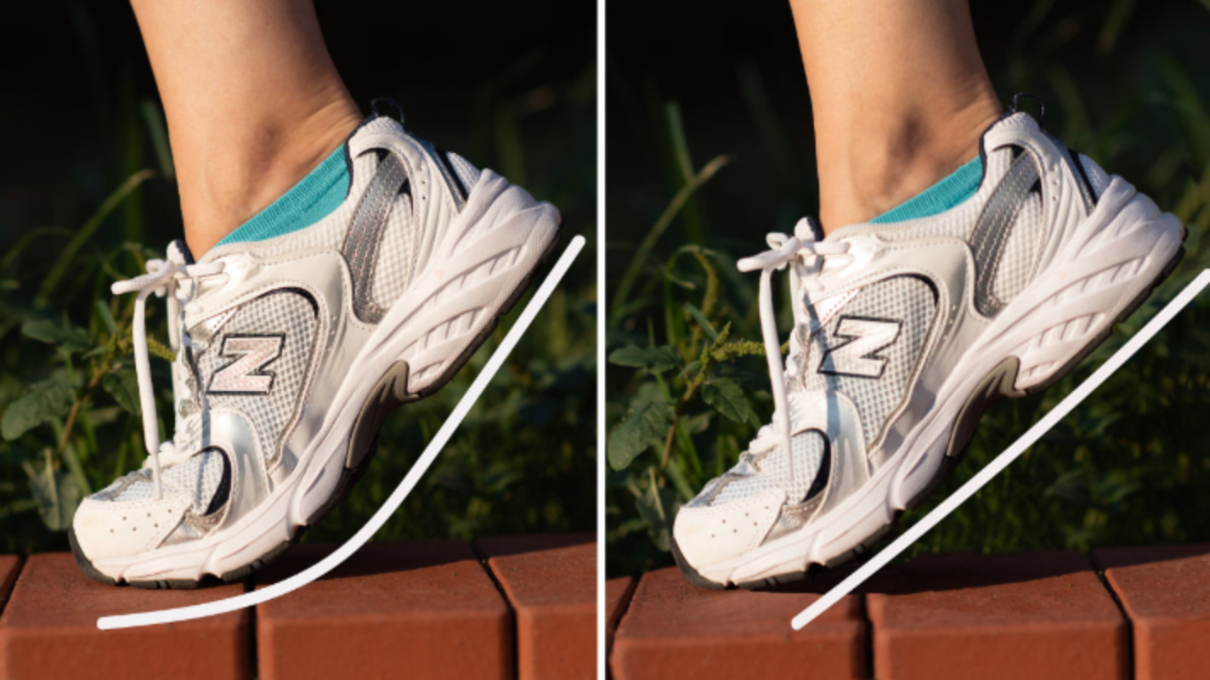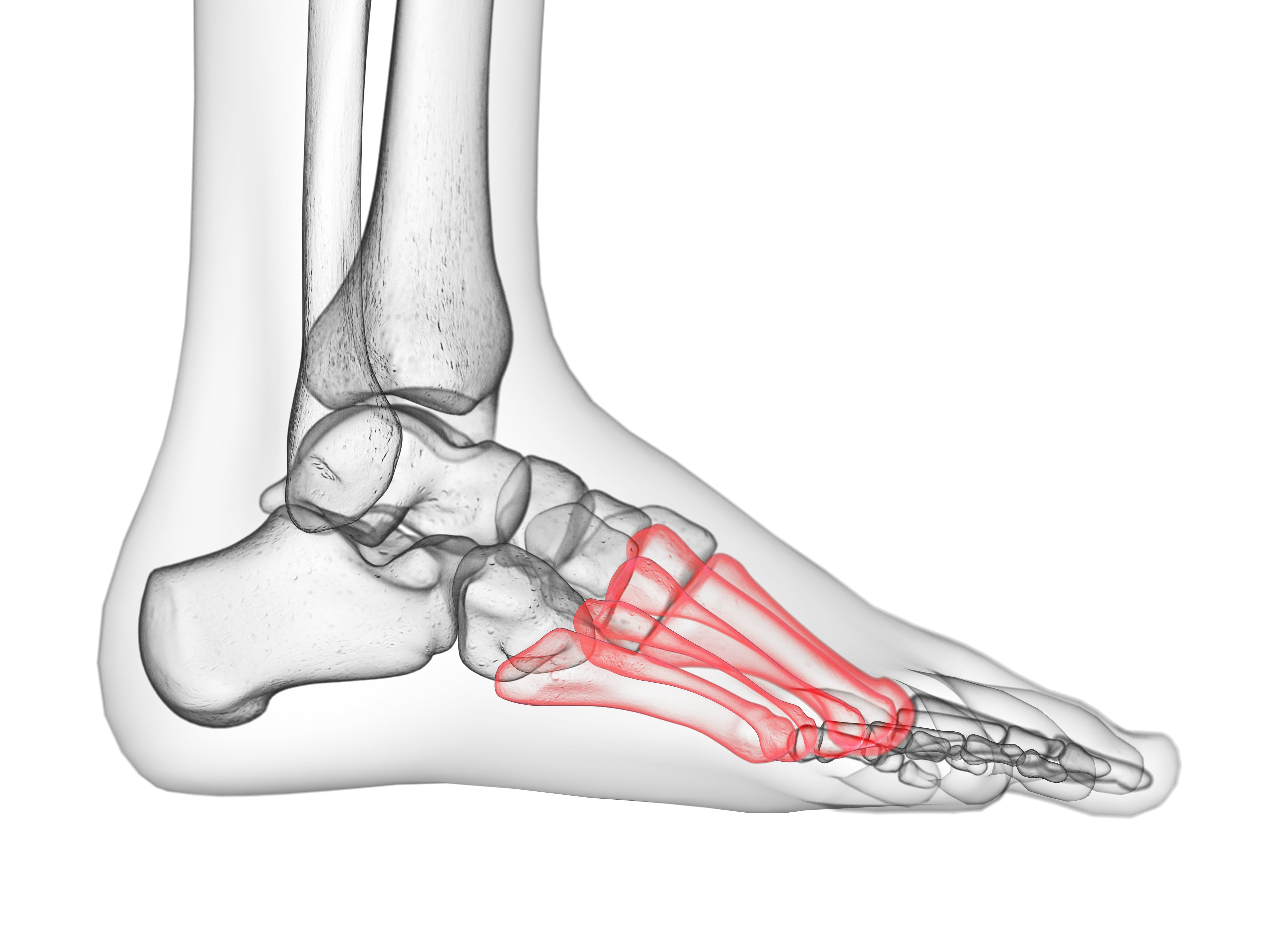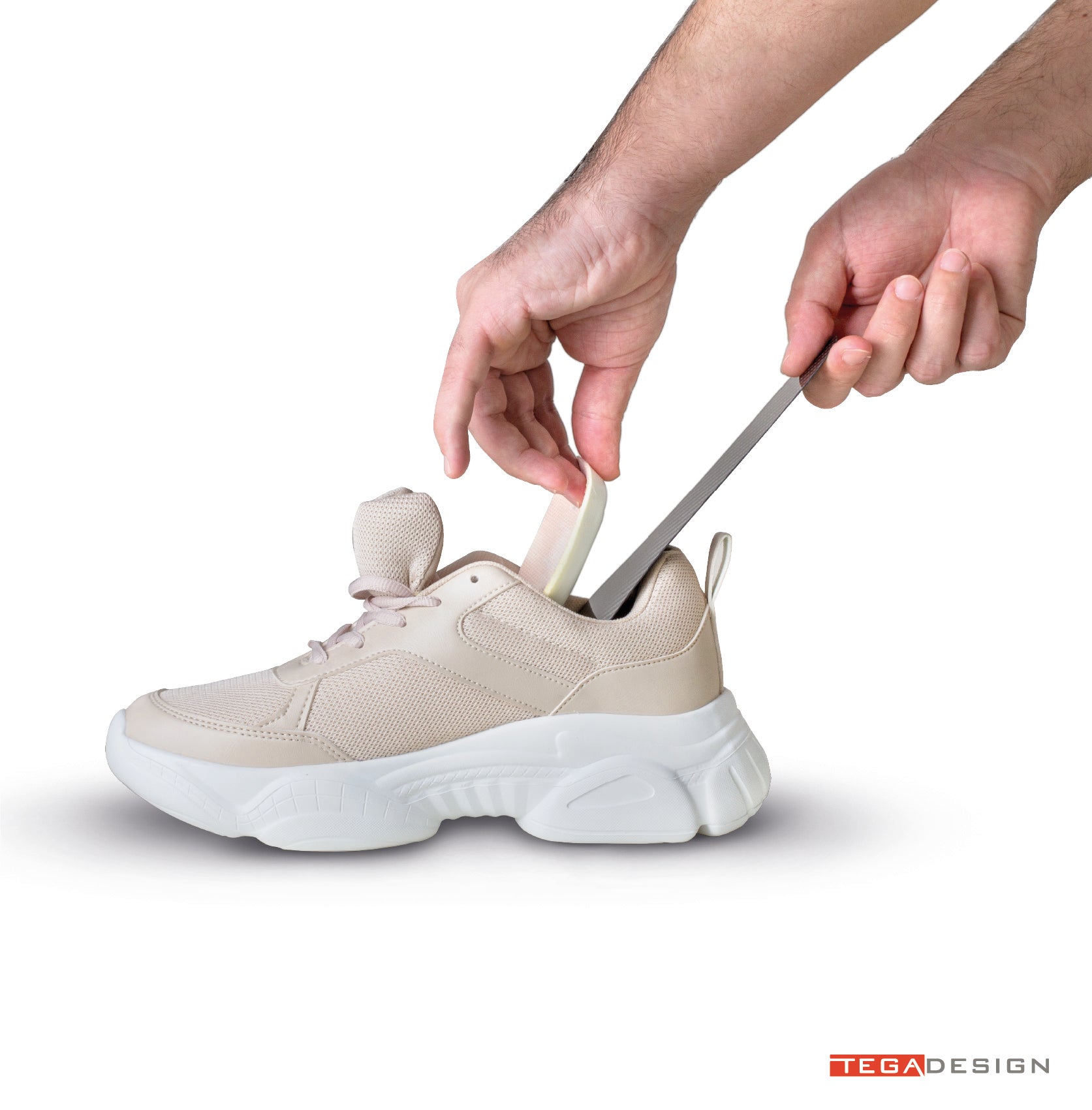Benefits Of Using Carbon Fiber Insoles
Carbon fiber insoles are inserts that are placed inside a shoe to provide support and stability to the foot and ankle. They are often used by athletes and people with foot or ankle problems to improve performance and reduce the risk of injury. Some of the potential benefits of using carbon fiber insoles include:

Improved Stability
Carbon fiber insoles can help to stabilize the foot and ankle, which can be especially beneficial for people who have flat feet or overpronation (when the foot rolls inward excessively).

Enhanced Performance
Good for Runners: Carbon fiber insoles can help to improve the efficiency of the foot's movement, which can help athletes to perform better.

Reduced Risk of Injury
Carbon fiber insoles can help to distribute weight evenly across the foot, which can reduce the risk of common foot and ankle injuries such as plantar fasciitis and shin splints.

Increased Comfort
Carbon fiber insoles can help to absorb shock and reduce pressure on the foot, which can make them more comfortable to wear for extended periods of time.
